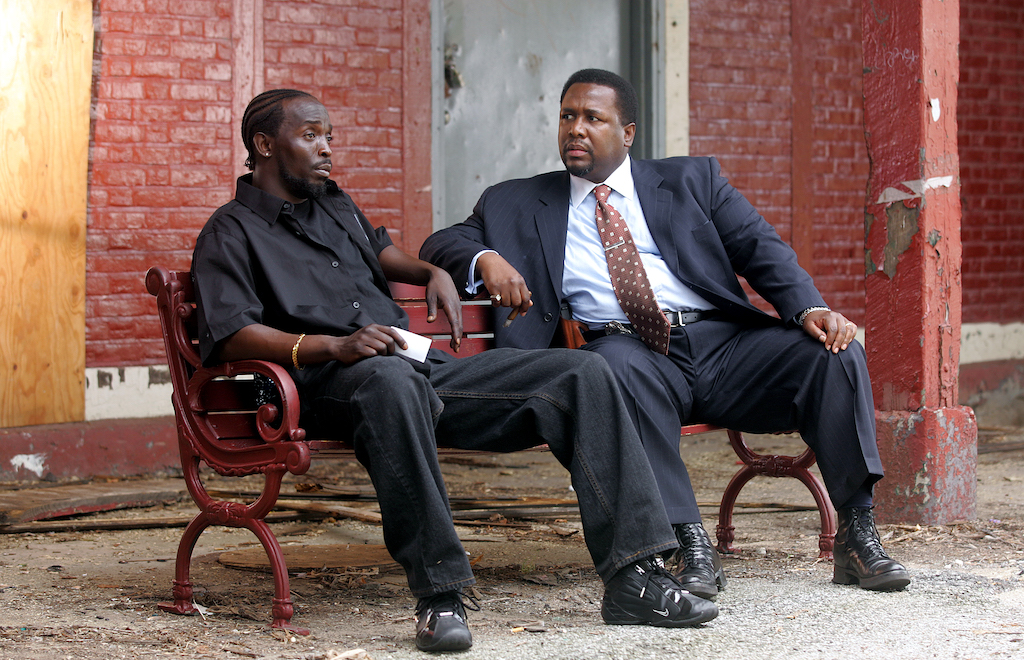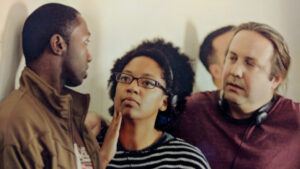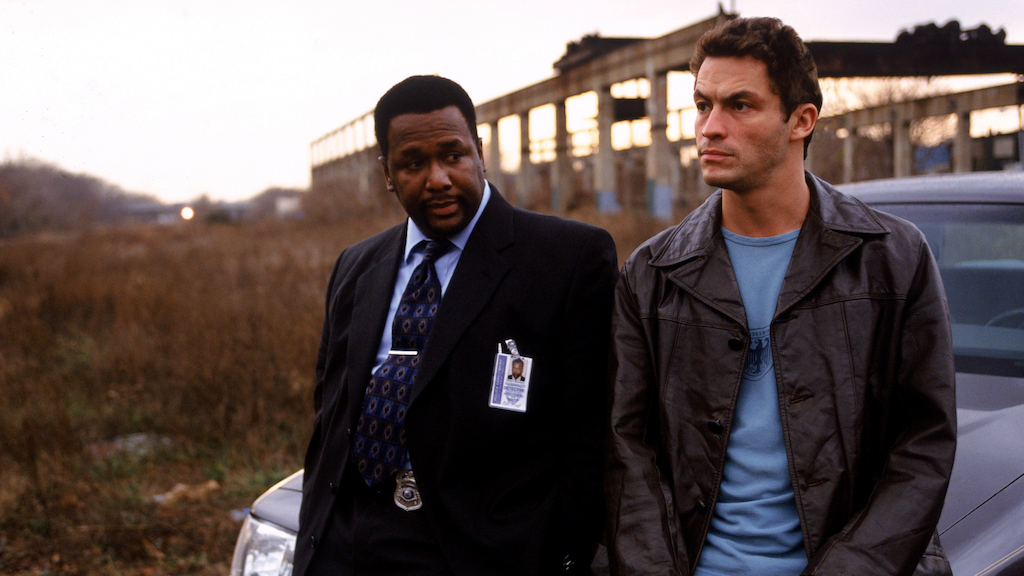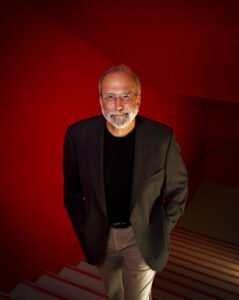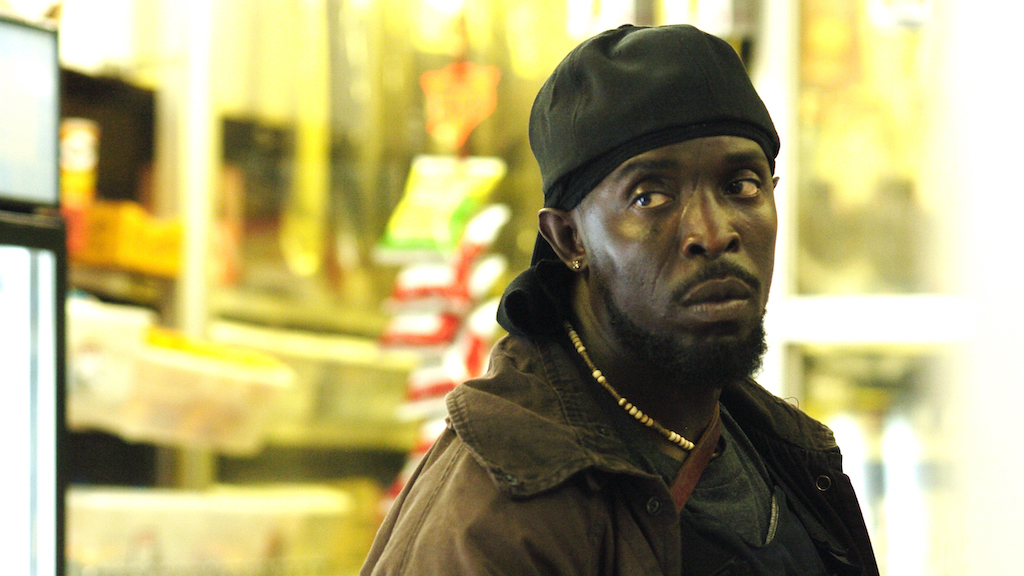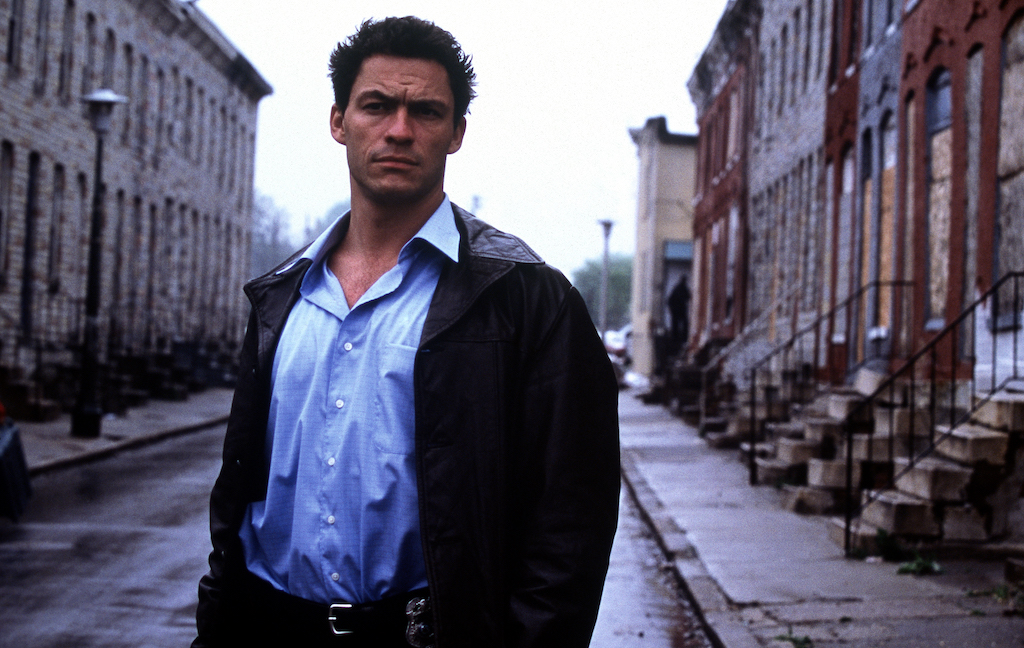
After more than 35 years of operation, TBI is closing its doors and our website will no longer be updated daily. Thank you for all of your support.
TBI Weekly: Why ‘The Wire’s success matters now more than ever
As commissioners look to franchises and mainstream dramas to provide returns on investment, Nick Edwards takes a trip to Baltimore to reflect on how The Wire set a new precedent for scripted series & delivered decades of returns for the HBO brand.
In today’s world of squeezed budgets, risk-aversity and a trend towards mainstream, franchise-driven scripted series, there seems little chance that a show like The Wire would be commissioned, nevermind survive for five seasons.
HBO’s ground-breaking Baltimore-set cop show was famously unwatched when it first aired (US viewing figures averaged under 1 million per episode across its entire run) but it has since become recognised as one of the defining series of America’s ‘Golden Age’ of TV drama.
And in a world in which every show must now prove its worth, working out how much value The Wire has added to the HBO brand is an impossible task. But two decades on, what can we learn from a show that has become so pivotal in building the industry as we know it?
TV’s ambition to be something more than a means of keeping viewers seated until the advert break (‘sit back’ or ‘don’t turn off’ TV, as it was once known) had been evolving ever since Hill Street Blues first experimented with character arcs and storylines that spanned multiple episodes and seasons, whilst also confronting social issues.
Tracing The Wire back to Oz
HBO’s first serialised TV drama of this model, the gritty prison drama Oz, set the precedent for what subscription (or ad-free) TV could be, whilst The Sopranos broke preconceptions of just how big a global phenomenon it would become.
But even amongst these milestone cable shows (and others ranging from Mad Men to Breaking Bad, as well as ground-breaking network hits from that era such as Lost and E.R.) The Wire has come to adopt its own unique and revered place in America’s cultural history.
“I remember when David (Simon) finished writing the bible for the show and sent it into HBO. You knew it was breaking new ground,” says Joy Lusco Kecken, a writer, producer and director on all five seasons. “And then, the first night of production, something magical happened and I realised that what was being filmed transcended even what was on the page.”
Simon’s vision of a post-industrial city in decline was symbolic of what had happened to much of America, as well as much of the western world. “It debunked the myth of law and order. It took on the hypocrisy of the war on drugs. It exposed the underbelly of a city that has a lost generation of black children,” says Lusco Kecken, who has worked on shows such as Marvel’s Cloak And Dagger and BET’s Tales since The Wire.
Simon’s exploration of these issues was underpinned by a gripping traditional police procedural structure, the plot line of which was ripped from a string of articles he had written for the Baltimore Sun about the rise and fall of real-life drug baron Melvin Williams, a key figure in industrialising heroin consumption in Baltimore and beyond.
Simon had got to know the world of The Wire when he was hired by the Baltimore Sun to cover the police beat where he had come face to face with the drugs trade, murder and the politics of city hall.
In 1988, he took a leave of absence to embed himself with Baltimore’s police force to write about his experiences. The result was Homicide: A Year On The Killing Streets.
Not only was it hailed as a literary “masterpiece” by authors such as Martin Amis (Zone Of Interest, The Rachel Papers) but the film producer and director Barry Levinson bought the rights to it intending to make a feature.
“But Barry thought there were too many good stories to tell in two hours. So, he brought me on board,” says Tom Fontana, showrunner of NBC’s landmark adaptation, Homicide: Life On The Street.
As a follow-up, Simon’s publishers wanted him to look at the war on drugs from the perspective of the users and victims, resulting in The Corner: A Year In The Life Of An Inner City Neighbourhood. The combined works of these books and Simon’s journalism provided the source material for The Wire.
His literary background famously meant Simon conceived individual episodes as ‘chapters’ and seasons as ‘novels’, all of which individually tackled different social issues. This is why the show drew comparisons with the work of 19th Century writers such as Charles Dickens.
“David hired novelists and journalists – the entire writing staff of season one didn’t have a single Hollywood veteran in it, as far as I recall,” says Rafael Alvarez, a former colleague of Simon’s at the Baltimore Sun, who was a staff writer on season two of The Wire as well as writing episodes of season one and three (with Simon and his long-time collaborator, Ed Burns).
Separating fact from fiction
The Wire also became a benchmark for creating the sense of authenticity that many of the shows from this era sought after. It was so authentic that it became hard to separate what was fiction and what was reality.
“My source in the FBI told me that on Monday mornings, after the show had come out, all the chatter on the FBI’s wire taps would be about The Wire. Everyone they were investigating had been watching the show the night before,” says Doug Olear, who played the FBI agent Terry ‘Fitz’ Fitzhugh across the show’s run.
The Wire’s influence also spread far beyond the US. Like its American counterpart, Gomorrah – one of the series that put Italian TV drama on the map – was based on a non-fiction book in which its author Roberto Saviano exposed how Mafia control was endemic across parts of Southern Italy’s economy.
Similarly to how Simon shadowed Baltimore’s Homicide police department, Saviano recounted his experiences of working undercover on the building sites and factories run by the Neapolitan mafia. Like The Wire, Gomorrah also received praise for its storytelling and gritty realism (as well as for the ground-breaking visual style of director Stefano Sollima).
France’s first cable TV drama, Engrenages (or Spiral as it is known to English-language audiences) was also heavily influenced by HBO’s early shows such as The Wire. In Canal+’s gritty female-led cop show starring Caroline Proust, plot lines were sourced directly from real life crimes and the writers worked hand-in-hand with French police.
Like Baltimore in The Wire, Paris was seen as a character, with an uncompromising depiction that was praised for its authenticity (with much of it set in areas normally hidden from tourists).
Numerous other shows attempted to compare themselves to The Wire in marketing, but it was these two European series that provided the exceptions and merited some comparison to the HBO show.
The Wire also broke new ground in terms of who was on screen. The casting of predominantly non-white actors in multi-faceted roles on both sides of the law was arguably the biggest breakthrough since the 1977 ABC miniseries Roots (America’s first TV show to consider slavery from an African American perspective).
Homicide: Life On The Street (HLOTS) had already led the way by being the first TV series to feature two black detectives talking together on screen at the same time (previously a white detective had always been present), and the show’s racially diverse cast also reflected the true make-up of Baltimore.
“Barry Levinson was born there [in Baltimore] and the city had never been seen in a TV series prior to our filming there,” says Fontana, who hired Simon as a screenwriter on HLOTS.
“We wanted to show Baltimore as authentically as possible. But we also wanted to portray the lives of Baltimore’s citizens in a well-rounded universe,” says Fontana, who was also creator and showrunner of Oz.
A decade after HLOTS first aired, The Wire spawned a generation of critically acclaimed black actors that included many A-listers such as Idris Elba, Michael B Jordan and the late Michael K Williams.
“I have to acknowledge the progress that’s been made,” says Lusco Kecken, “but also it’s not enough. Most black shows are being cancelled in the post-strike TV landscape,” she says.
“Latino and Indigenous shows? I’m impressed with the work CAPE (Coalition of Asian Pacifics in Entertainment) is doing to support AAPI (Asian American and Pacific Islander) creatives and executives. It is not performative. It’s long-term and intensive and I’m intrigued by the talent that is emerging from that community.”
The show also depicts many white working class characters, particularly in season two when the plight of blue collar workers is explored when a human trafficking racket sparks an investigation set in Baltimore’s ailing shipping industry.
Olear’s casting was typical of the authenticity of the show.
“FBI agents are typically highly studious, they are highly educated, they’re not normally on the streets making tough busts, they’re behind computer screens.
“But Fitz has got a tough edge to him. He’s from Pimlico. I never knew were Pimlico was, so I looked it up, and it was a tough neighbourhood in Baltimore, like I came from,” says the former Golden Gloves boxing star, who went on to have roles in shows such as The Mentalist, Law And Order and HBO’s Emmy-winning movie Something The Lord Made.
Whilst The Wire shed light on many social problems that had hitherto not been discussed in TV drama, how much it actually changed any of them is another matter.
This is perhaps most evident in the show’s overriding theme – America’s ‘war on drugs’. In his recent non-fiction title Don’t Count Me out: A Baltimore Dope Fiend’s Miraculous Recovery, Alvarez points out that whilst, “some 58,000 Americans died during the war in Vietnam,” in current times around 70,000 Americans a year are reported dead “from an overdose of drugs”.
Alvarez, who after The Wire went on to work on shows such as NBC’s The Black Donnellys, concludes: “The Wire changed TV but it didn’t change Baltimore.”
The dichotomy between TV series and what happens in the real world is an ongoing one. “Crime is still a part of life in American cities, suburbs and rural areas,” says Fontana, who was showrunner on AMC and Canal+’s recently released mini-series Monsieur Spade.
“We are facing the same problems as we did back then. TV shows don’t cure society’s ills, intelligent leadership and community involvement do.”
Quantifying The Wire‘s value to HBO
What is abundantly evident, however, is that shows such as Oz, The Wire and The Sopranos built HBO’s brand. AMC gained a similar reputation when it made Mad Men and Breaking Bad, as did FX with The Shield and The Walking Dead, and Showtime with Homeland and Dexter.
Significantly, this kind of drama did not put art over commerce. When HBO was producing The Sopranos and Sex And The City, the cable channel made more money than all the networks combined.
Since the early days of subscription-based TV, the industry has produced ever more content. However, the reality of post pandemic viewing habits, coupled with the end of an era of low interest rates, has exposed gaping holes in the business models of streaming platforms, which in turn has led to extensive cuts and consolidation.
Many fear the industry today may not have the same appetite for risk that it did when those original shows of the cable revolution were commissioned. But it does not follow that because more drama is made that more great drama is made.
Between 2012 (a couple of years before FX’s former chairman John Landgraf famously commented “we have reached an era of peak TV”) and 2020, the number of TV series made in the US alone doubled.
However, since the late 1990s, only a handful of ‘must see’ shows has emerged each year. In 2008, The Wire came to an end whilst the first episode of Mad Men aired. In 2023, Succession came to an end whilst the second season of FX’s The Bear aired.
Even in today’s increasingly corporate entertainment landscape, shows are made that break our preconceptions of what is possible on the small screen. The overall effect that these shows have had on the industry is simply not quantifiable.
“I can walk into a restaurant to this day and hear people randomly talking about The Wire,” says Lusco Kecken. “It’s awe-inspiring to me that the show is so timeless and the conversation it started carries on.”
